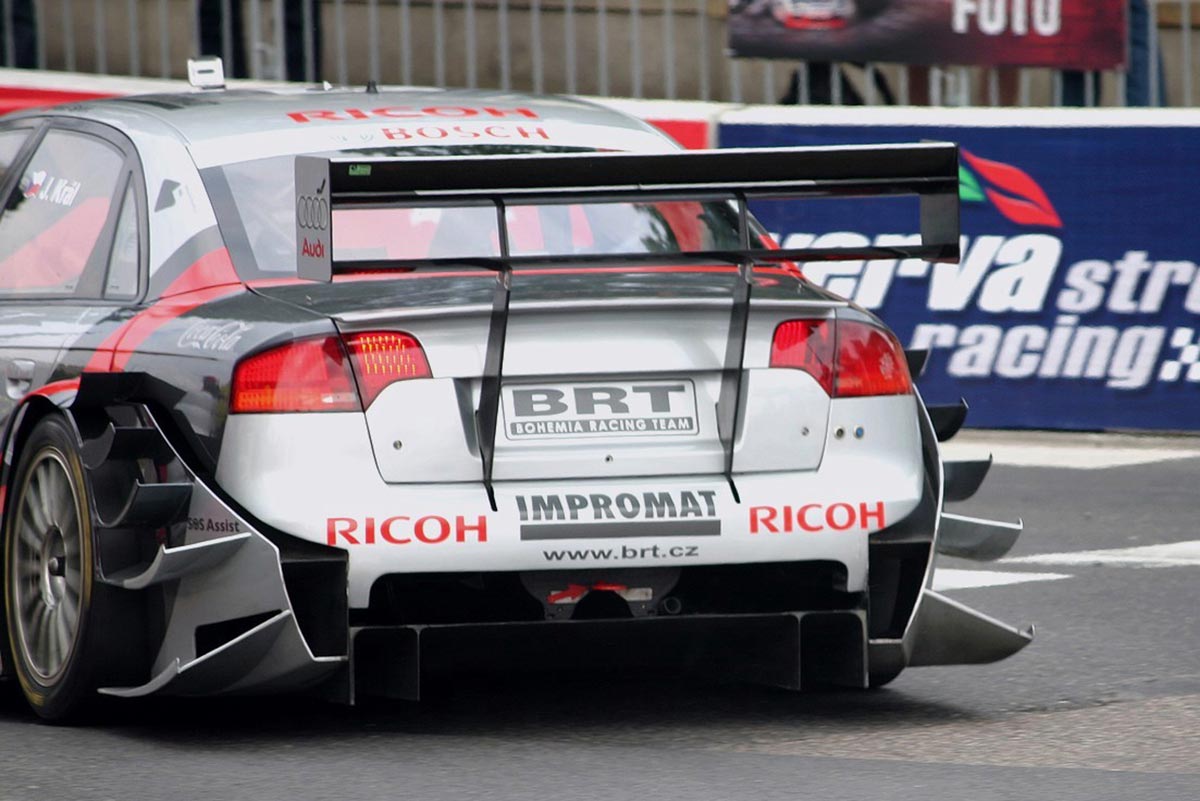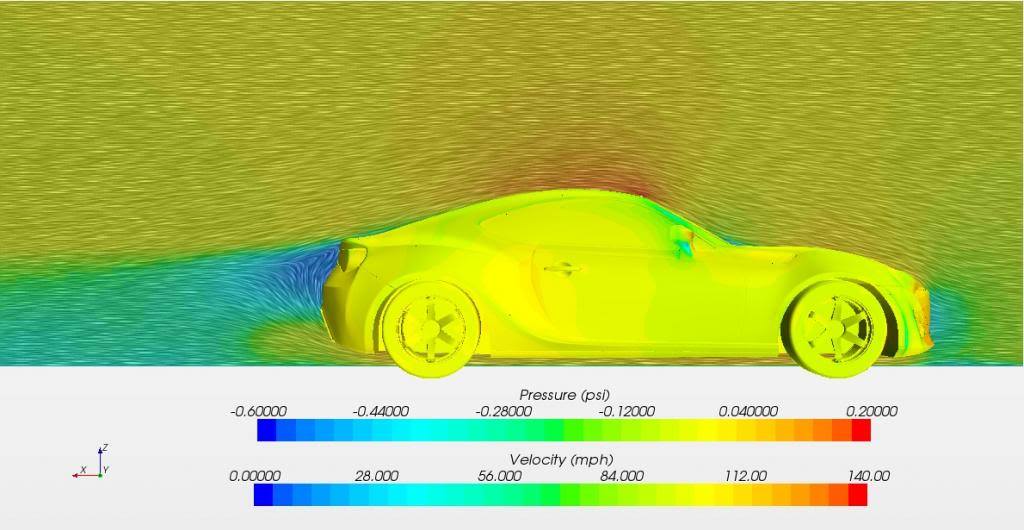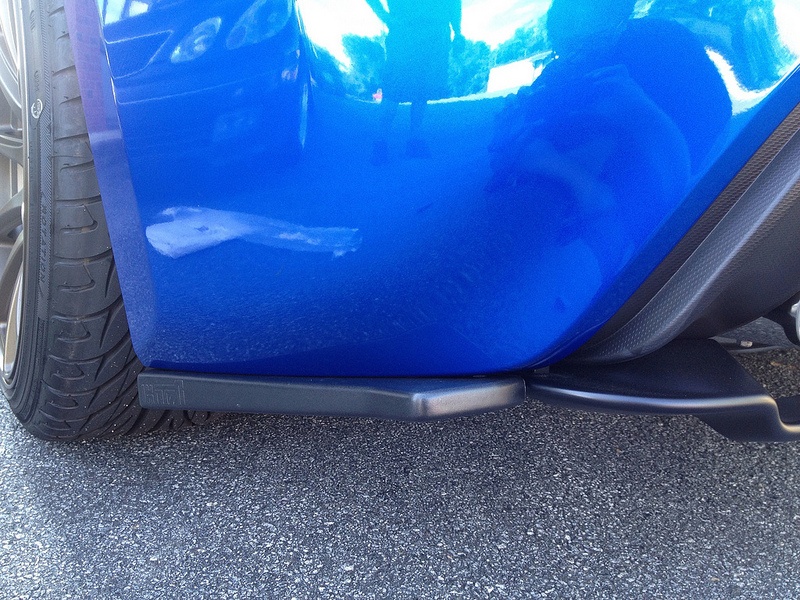Posted by Sean Biggs on Dec 21st 2015
WHAT ARE REAR SPATS AND THEIR FUNCTION?
The exact history of how the popular aerodynamic additions became known as “spats” is somewhat of a mystery to me. It is an incredibly UK-spec word and I am incredibly from the southern United States. Which I assume creates some difficulty.
Regardless of my understanding of the etymology of the term, rear spats have become a fashionable accessory for many modern tuners. Not to be confused with rear wheel covers of similar nomenclature from the malaise era, rear spats are fitting in a culture that is increasingly interested in aerodynamic improvements and track-oriented performance. The BRZ and FRS have been welcomed with loving arms from theaftermarket aero enhancement community, as the increasingly popular platforms simply belong amidst the be-winged attackers of time.


Like any aero component, spats are bred from function. Like splitters and skirts, rear spats influence the behavior of atmosphere around the vehicle. Successful race-oriented aerodynamic enhancements will increase downforce, reduce drag, or increase the effectiveness of other aero additions. Quick explanation for those of us that played Halo on the computer during high school physics: downforce is created by creating low pressure areas on one side of an airfoil (high speed air), while simultaneously creating high pressure areas (low speed air) on the opposing side. Less turbulent air, “cleaner” air, improves the effectiveness of the airfoil. Wings, spoilers, diffusers, splitters, dive planes, vortex generators, and spats work together as a system to accomplish these goals. FRS rear spats can maintain the effect of a side splitter throughout the length of the car or aid the effect of the diffuser. Spats are typically found at the lowermost corner of the rear bumper cover, just behind the wheel. The look and shape of spats varies. BRZ rear spats can look racecar-aggressive or blend with OEM body components, such as those popularized by the Impreza crowd.

Let’s be honest… I don’t have a wind tunnel. You probably don’t have a wind tunnel. If you do… that is flippin’ sweet and you should let people play with it. I would put everything in a wind tunnel. I wonder how aerodynamic my cat is…I digress. What I was attempting to explain is that aerodynamic performance doesn’t have to be the sole justification for rocking a set of spats. Aesthetics are another great reason to utilize rear spats on your FRS or BRZ.


In this world, trendy looks often follow the lead of moves taken on the race track. Extensive aerodynamics found on race cars often result in a visually heavy mass focused across the front of the car due to the combination of splitters, air dams, and canards in use. Deep splitters and side skirts maintain a ground-hugging profile across the frontal end of the car. Rear spats continue the visual impact of the lower body line through the rear of the car without creating a drag-inducing parachute of bumper area. The aggressively-curvaceous lines of the FRS and BRZ need little to please the eye but are certainly complimented and lend themselves to personalization.
So whether you are tuning the exterior of your FRS or BRZ for higher grip or lower jaws, rear spats could be the finishing piece you need. The development of cat spats is a work in progress.

